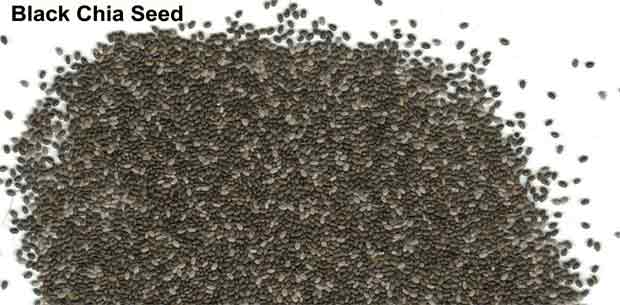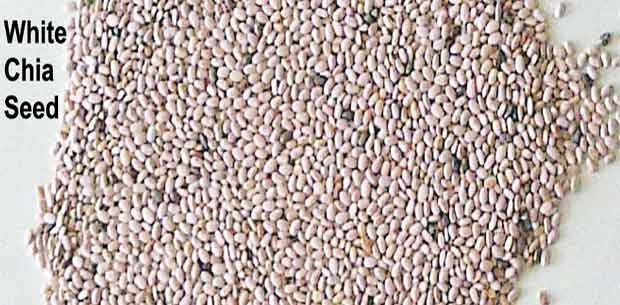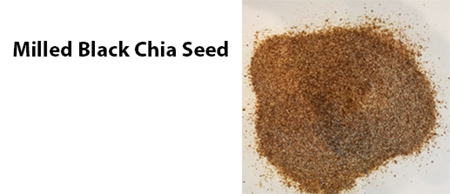Baking with Chia Seeds – Does it harm the quality?
Chia seed (Salvia hispanica L. contains approximately 30 % oil of which about 64% is alpha linolenic fatty acid (ALA), the only essential omega-3 fatty acid. Omega-3 fatty acids such as ALA, EPA and DHA are easily oxidized. This means that exposure of oils or products containing these fatty acids to air causes them to go rancid. As a result they often exhibit a “fishy” smell or aroma.
Whole chia seed is very stable and can be stored for years at ambient temperatures without going rancid as it contains natural antioxidants. Grinding the seed opens it up and increases the surface area exposed to the air. This in theory is beneficial in terms of increasing the bioavailability, but also has the propensity to increase oxidation. Still ground chia seed is very stable, unlike flaxseed, and this is verified by the fact that the Aztecs traded in chia seed as well as chia flour.
Oxidation rate of the ALA in chia seed is increased if the grinding process increases the temperature of the material during processing. This is particularly important since oxidation begins slowly, then increases rapidly, so once it has started, degradation becomes an ever increasing concern.
Now for the question of oxidation and loss of omega-3 content if chia is used in cooking. First of all cooking needs to be clarified and should be considered as two different processes – baking vs frying, sautéing, etc. Chia seed, or chia oil cannot be used in the latter two processes as it will oxidize due to higher temperatures present.
Baking is a different story, however. Although there have been limited research studies conducted to evaluate the effects of baking on chia, other sources of ALA have been extensively tested and the results have all been relatively similar. A slight loss of ALA occurs, but this is not a significant problem.
How can this be explained?
First of all, even though the oven temperature when baking might be 350 degrees, the internal temperature of the bread or muffin will not reach this temperature. Consider this: the starch in wheat flour in the presence of sugar gelatinizes at just over 200 F, much lower than the air temperature inside the oven. Since this gelatinization (conversion into a gelatinous form or jelly) would not be acceptable, it simply does not take place.
Secondly, baking times tend to be relatively short. For example, muffins 20-25 minutes. Hence the chia is not exposed to heat for a long period of time.
Thirdly, baked products are generally consumed relatively soon following baking. As oxidation starts slowly, then increases more and more rapidly as time goes along, early consumption tends to mitigate any oxidation that might take place.
Are you ready to start baking with chia? Try some of these fantastic chia recipes!







